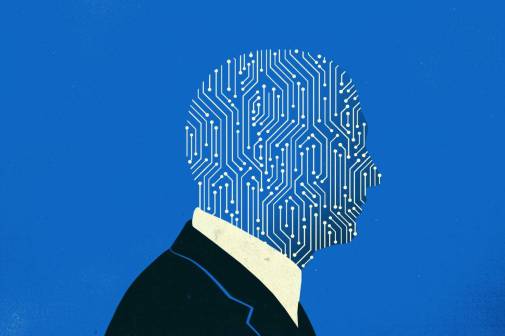Government can be faster, more innovative, Deloitte trends report shows

Technology plays an integral role in improving how governments operate and provide services to their constituents, according to a report published by Deloitte on Tuesday.
Deloitte’s annual report on government trends points at eight trends that are changing how government is meeting what researchers called “mission outcomes.” These trends include government breaking free of its reputation for slow change in favor of greater agility while adapting new methodologies and technologies. The report’s trends center around a pursuit of “10x” performance gains, leaps in efficiency or speed previously unseen in the public sector.
Researchers wrote that government agencies are experiencing a “convergence” of technologies — including robotic process automation, data analytics, artificial intelligence and generative AI — with improved processes and “policy tools” to further their goals.
Among the named benefits of improved technologies and processes are reducing wait times for services and simpler services with fewer steps. The report references more than 200 cases of government agencies from around the world showing how a combination of new technology and policy change is realizing “quantum leaps” in performance.
“The ongoing digital metamorphosis of governments — including digital workflows, cloud-based data and applications, the use of predictive analytics, and more — that has been unfolding over two decades has laid a robust foundation for the emergence of artificial intelligence (AI) technologies, including generative AI,” the report reads.
Researchers point to the conflict between long procurement cycles — a longstanding challenge in many state and local governments — and technology’s rapid evolution as a motivation for improving government’s speed. They reference the U.S. Department of Defense’s Defense Innovation Unit as one example of how government can be more nimble when buying new tech.
“Central to the agency’s approach is novel uses of transaction authorities, such as other transaction agreements that can allow government entities to circumvent traditional acquisition procedures and award contracts to companies developing prototypes,” the report reads. “Viable prototypes can directly transition into production without additional competitive processes. Leveraging those authorities, the Defense Innovation Unit has increased the number of dual-use technologies that have civilian and military use.”
Deloitte offers in its report several recommendations for governments seeking to gain big improvements in speed, including “breaking down silos,” or eliminating barriers between agencies or business units. They also encourage reviewing regulatory processes, redesigning processes with technologies and using data to “enhance response times.”






